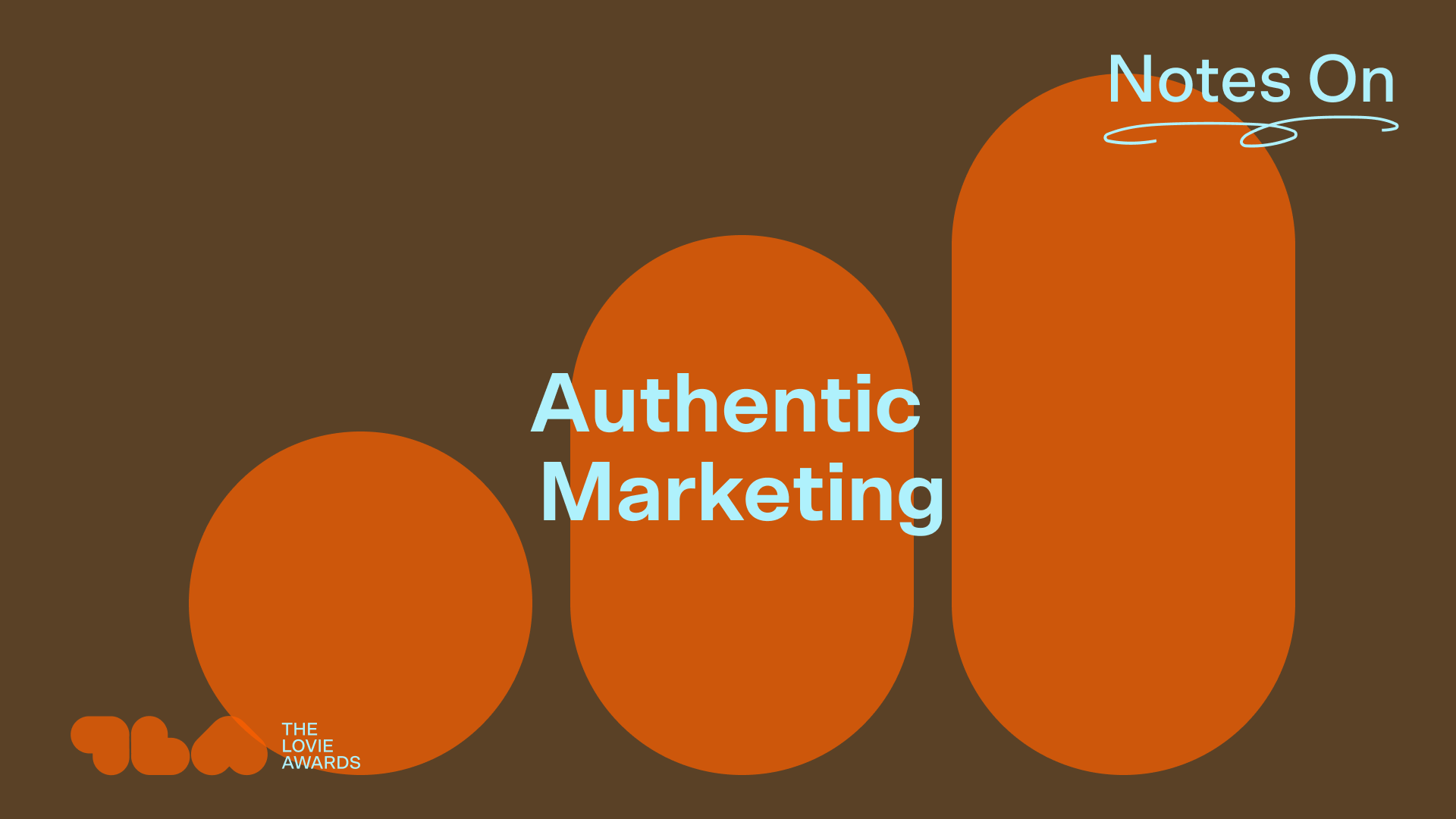‘Notes On’ is our tentpole column which invites our community to dive into a topic they believe is shaping Europe’s digital landscape.
In this week’s edition, Lea Karam, the Consulting Director of Behave and leading behavioural expert, explores the most effective way to reach audiences, through the lens of virtual influencers.
By Lea Karam
I’m being asked, more than ever, about my perspective on virtual influencers, and if they will ever take over human influencers.
Well, here is my perspective as a behavioural scientist. It is no secret that virtual influencers are growing, presenting a good opportunity for marketer to utilize them to communicate to consumers effectively.
But, behaviourally, the type of marketing objective to be achieved will affect whether or not they will be effective. Will the output be functional, or rather emotional/lifestyle based?
o Informational/practical/awareness/tapping into norms: Virtual influencers are more and more effective in achieving consumer engagement with this type of objective – They are great at aggregating functional signals, standards, social norms, and showcase best ways/steps/advice/visibility on certain products/services (e.g., make-up, clothing) – Some sort of “visualized” aggregation of benefits and brand presence to tap into those benefits.
o Relevancy/persona identity/pleasure/emotions/lifestyle: Human influencers can’t really be easily replaced when you want to achieve a more “lifestyle based/pleasure-based/hedonistic” objective (actual fashion lifestyle, travel). Tapping into emotions, like indulgence, for instance, is a human truth. There are many contexts, exchanges and an authentic sense of emotional intelligence that consumer expect and that just can’t come through from a virtual influencer.
So, although virtual influencers can “replicate” emotions to some extent, they naturally don’t “feel” them. Their “pre-built” aspect, and lack of real-life involvement and truly shared experiences means that these cues are only “mimicked”, not lived, creating an inherent divide with consumers.
If the purpose is to portray authentic experiences and personable endorsements that embody lifestyle and authenticity at the core beyond the brand’s voice, which was the original purpose of human influencers, then virtual influencers have still got a long way to go.
In a nutshell, they have a strong place in successful functional strategies. If you were to utilize them, I do recommend utilizing them to communicate with consumers for functional purposes, and beyond that, usually at the top of the funnel, because as consumers move down the funnel, the quest for authenticity grows.
Creating Marketing That Merges Tech and Human Creativity?
Enter in the 15th Annual Lovie Awards. We recognize work across the breadth of digital. Work is accepted in eight media types, including AI & Immersive; Apps, Platforms & Software; Film & Video; Podcasts; Marketing, Advertising & PR; Social; Websites & Mobile Sites, and Beyond.
Take advantage of early pricing, and enter before the Early Entry Deadline on Friday, 9 May!



